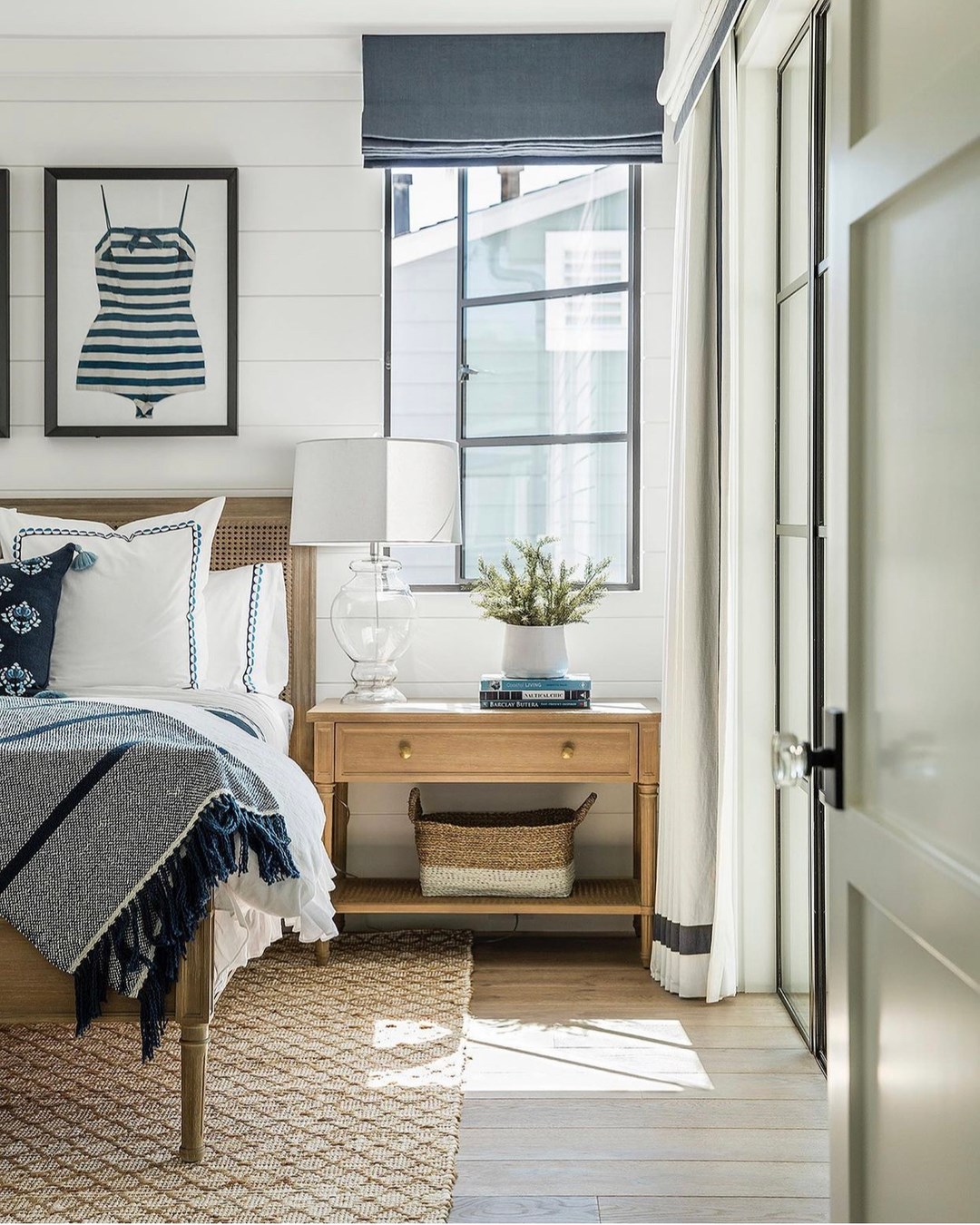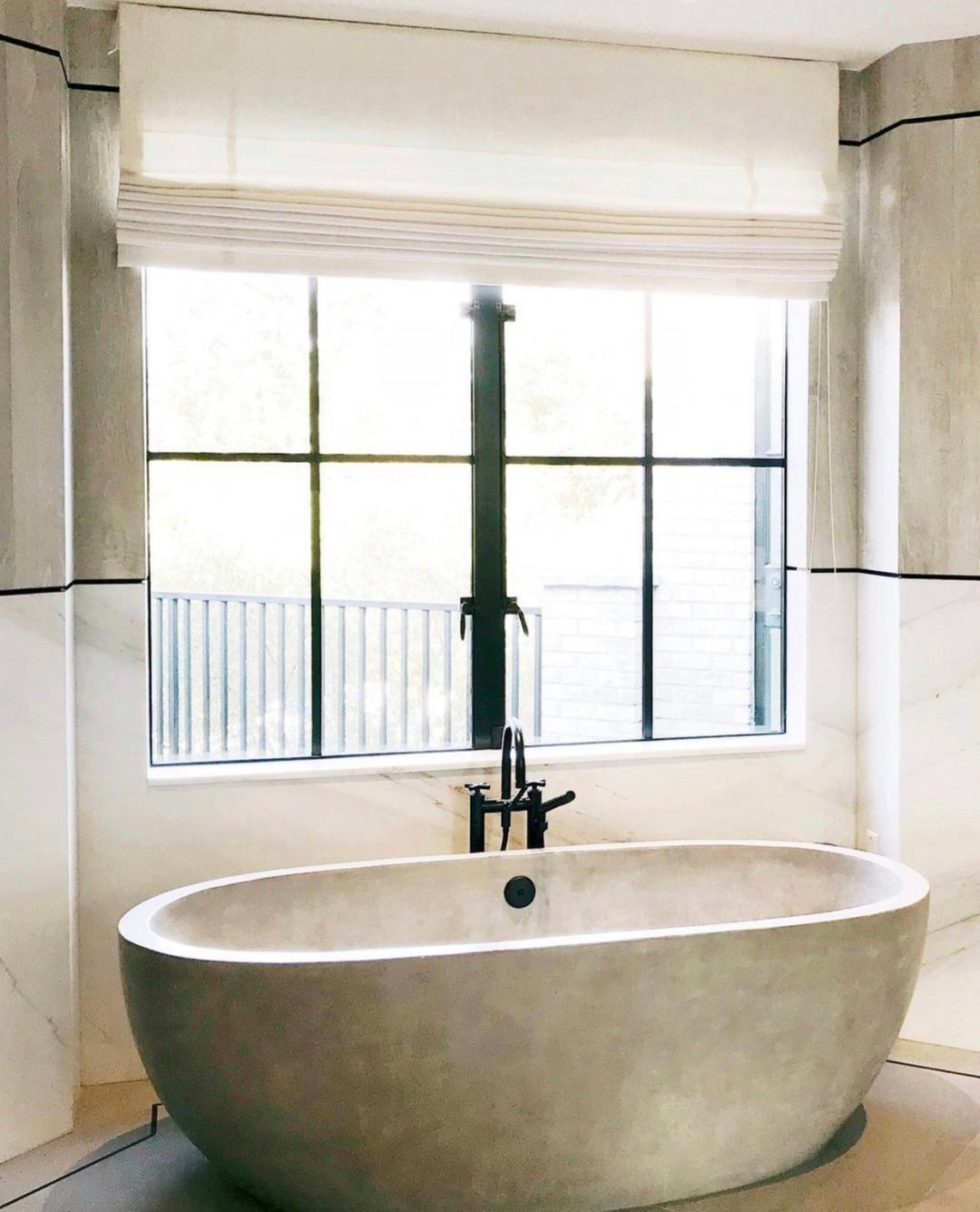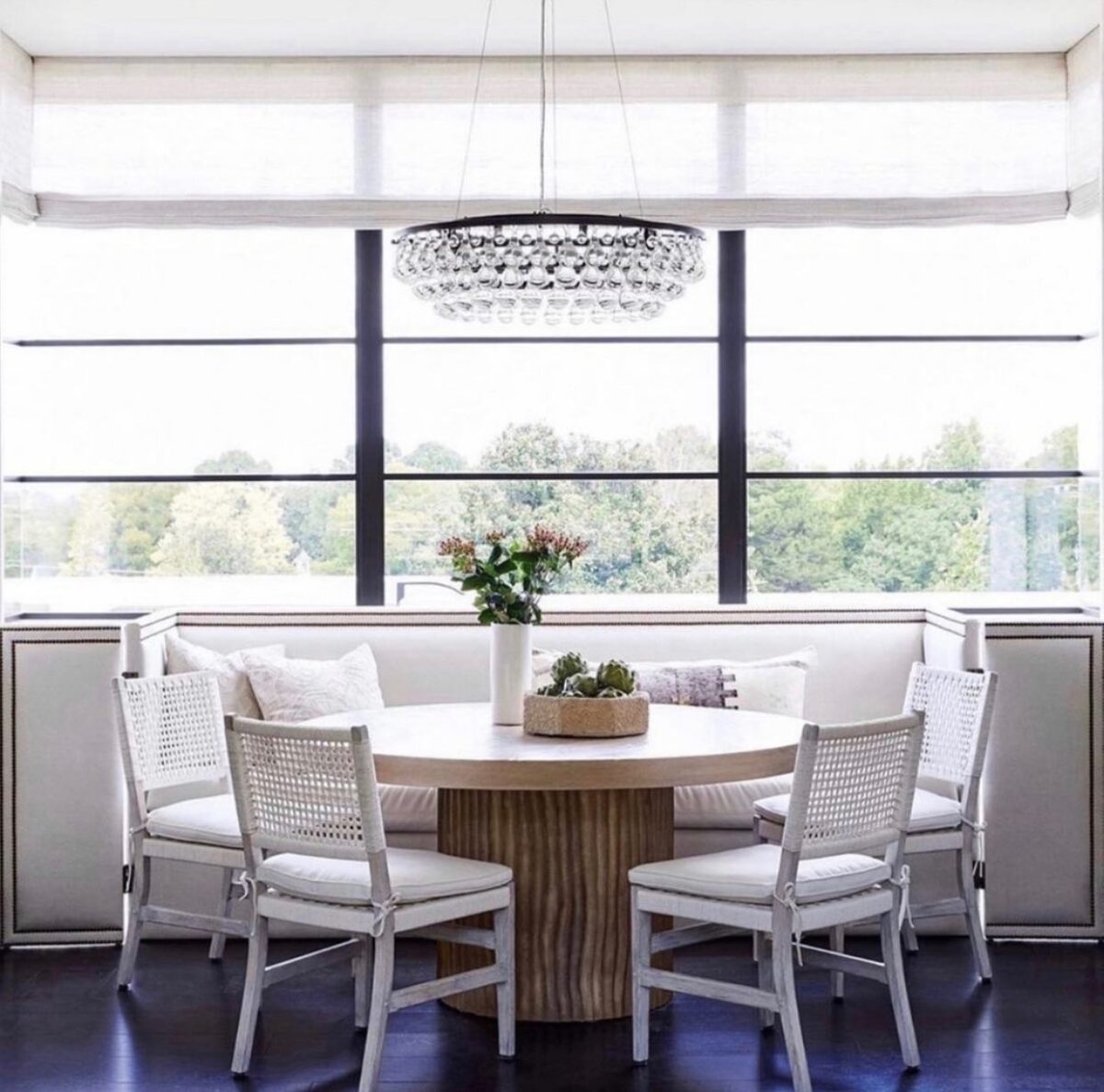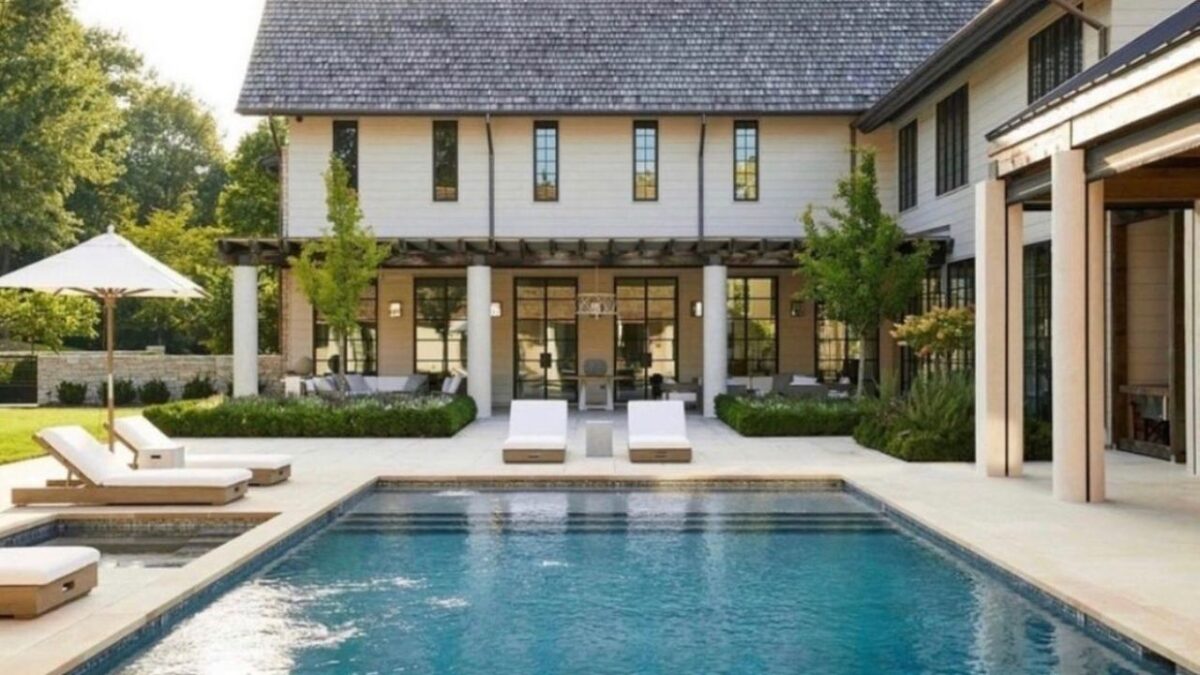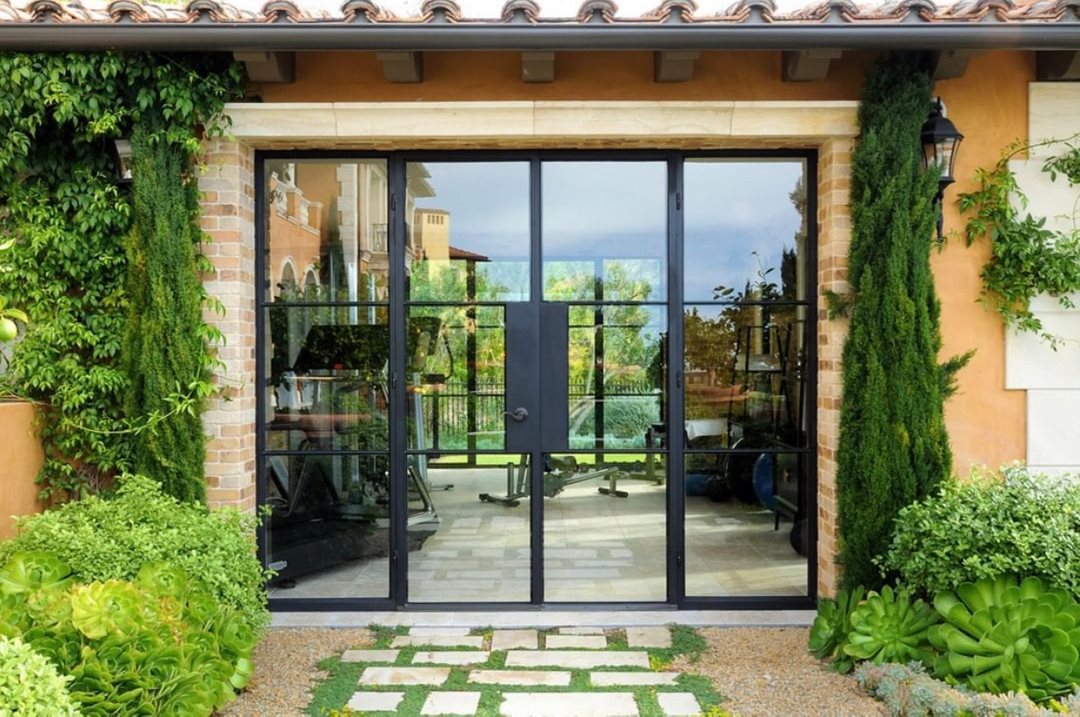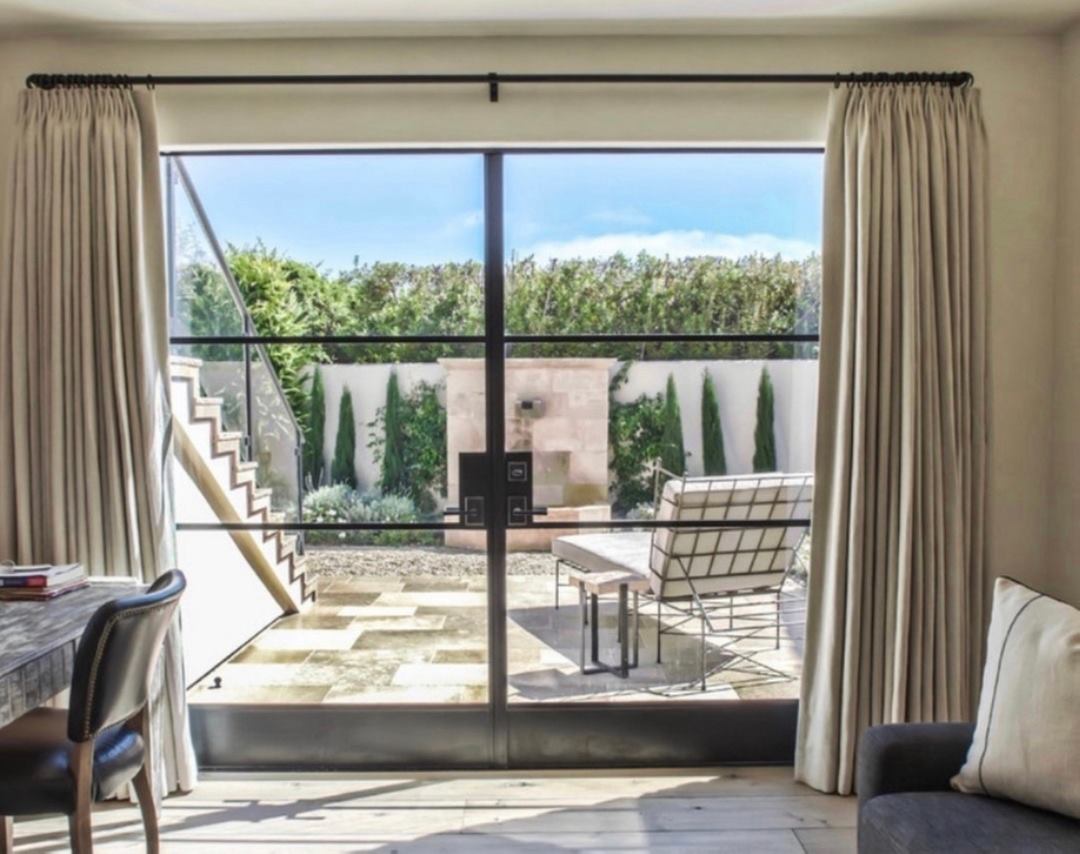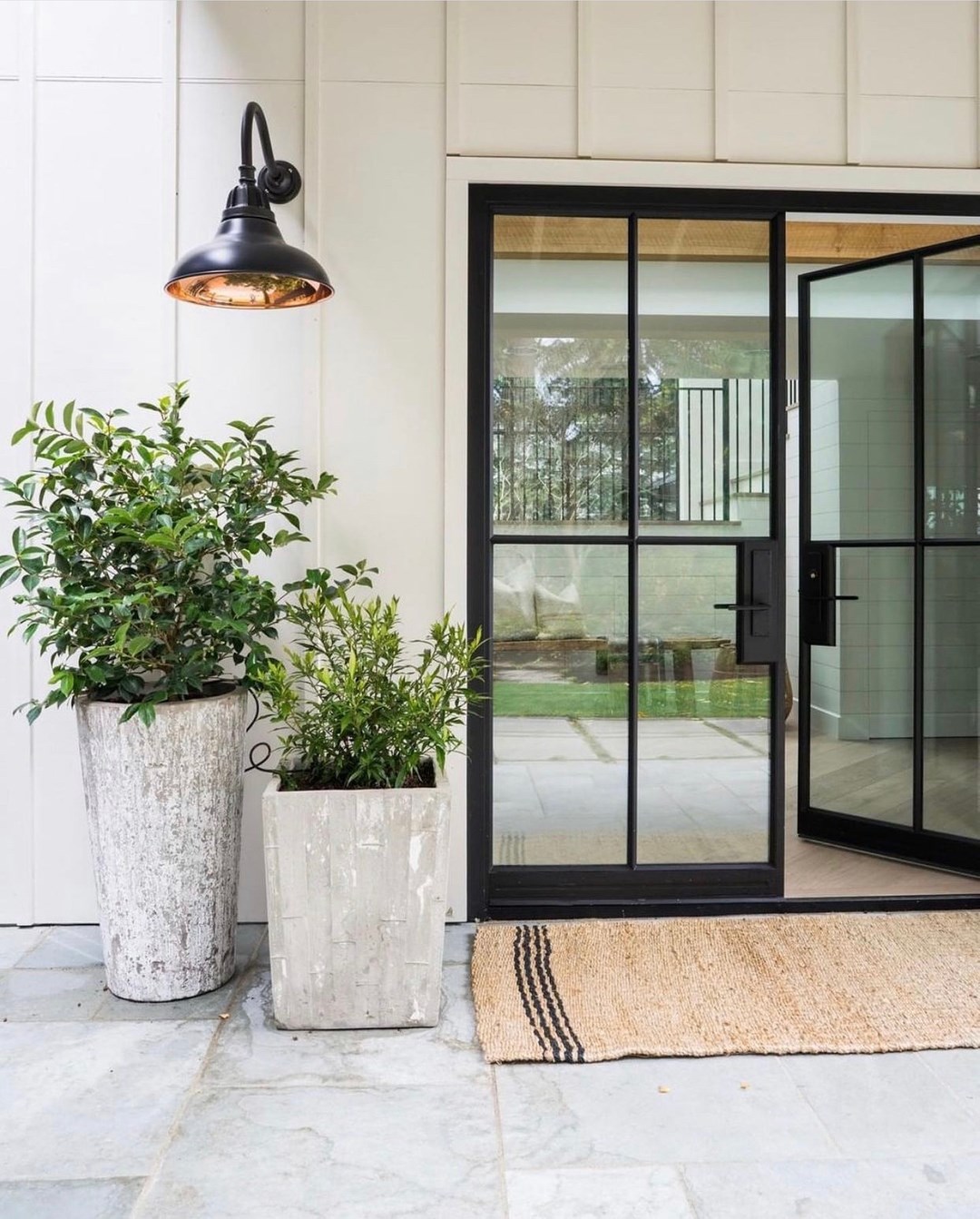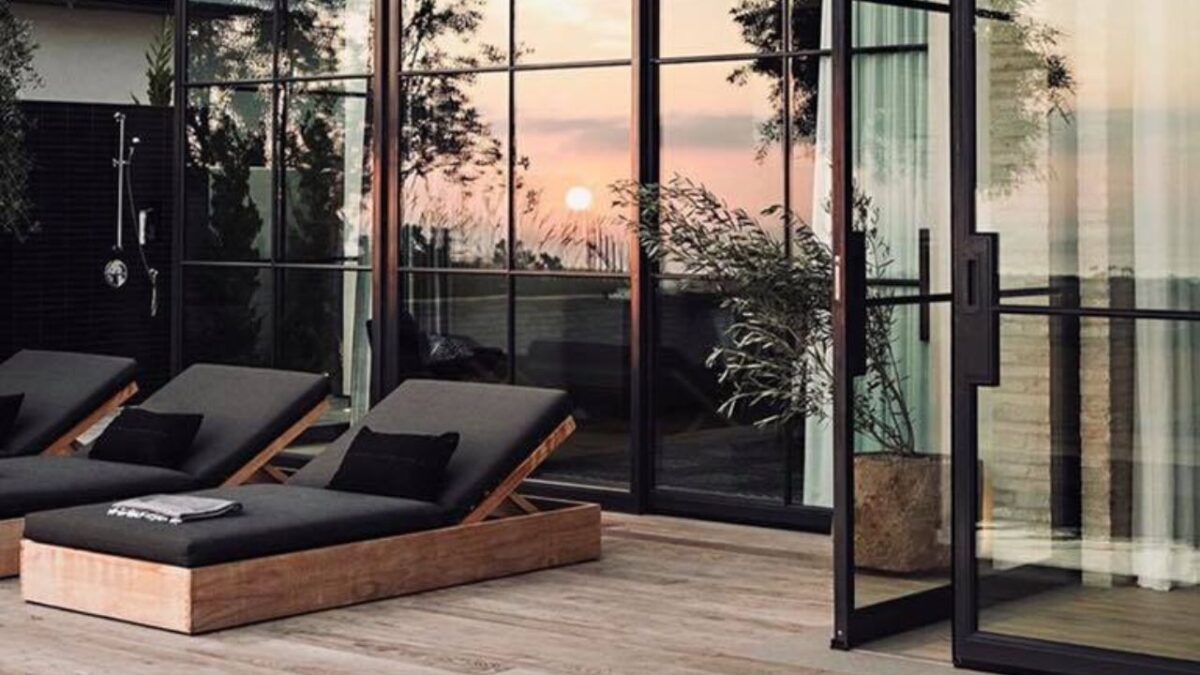Key Takeaways:
- Steel Windows and Doors lower the risk of fire damage, which can lead to lower home insurance premiums.
- Fire-rated windows, such as Steel Casement Windows and Curtain Wall Windows, are valuable for fire protection and insurance savings.
- Many insurance companies offer discounts for homes with fire-rated windows and other fire safety features.
- Installing fire-rated steel windows can increase your property’s value, which may affect insurance coverage and premiums.
- EUROLINE STEEL WINDOWS & DOORS offers high-quality, fire-resistant windows that help protect your home while saving on insurance costs.
Home insurance premiums are influenced by a variety of factors, from the location of your home to the materials used in its construction. One of the lesser-known influences on home insurance rates is the installation of fire-rated steel windows, such as Steel Windows and Doors.
Following are the key points on How Fire-Rated Steel Windows Affect Home Insurance Premiums:
- Fire Safety and Home Insurance
- What Are Fire-Rated Steel Windows
- How Fire-Rated Steel Windows Impact Your Home Insurance
- Additional Benefits of Fire-Rated Steel Windows for Home Insurance
In this article, we’ll explore how Steel Casement Windows, Awnings and Window Hoppers, and Curtain Wall Windows can affect your home insurance premiums and why they might lead to savings on your policy.
Fire Safety and Home Insurance
When it comes to home insurance, fire protection plays a significant role in determining the cost of your premium. Insurance companies assess the level of risk associated with your property and adjust your premiums accordingly. Homes that are better protected from fire, including those with Steel Windows and Doors, tend to have lower premiums.
Fire-rated steel windows are designed to withstand extreme heat and prevent the spread of fire. This makes them a valuable addition to any property, as they help safeguard against potential damage caused by fire. But how exactly do these fire-rated windows influence your home insurance rates?
In this article, we’ll break down the connection between Steel Windows and Doors and home insurance premiums, helping you understand why installing fire-rated steel windows can be a smart financial decision.
What Are Fire-Rated Steel Windows?
Before diving into the impact of fire-rated windows on insurance premiums, it’s important to understand what they are. Fire-rated steel windows are designed to resist fire for a specific period, such as 30, 60, or 90 minutes. These windows are typically made with Steel Windows and Doors frames and fire-resistant glass that are engineered to withstand heat and prevent flames from passing through.
The key to these windows is their fire-resistance rating. For example:
- Steel Casement Windows: These windows have a hinged frame that swings open and are often used in residential homes. They can be fitted with fire-resistant glass to provide fire protection.
- Awnings and Window Hoppers: These windows are typically used in areas requiring both ventilation and fire protection. They can be designed with fire-resistant materials to help contain fires.
- Curtain Wall Windows: Used in commercial or high-rise buildings, these large windows are often made with steel frames and are designed to resist fire while offering aesthetic appeal.
In the context of home insurance, these windows can lower your risk profile by providing a reliable barrier against fire.
How Fire-Rated Steel Windows Impact Your Home Insurance
When it comes to home insurance, providers assess various risk factors to determine your premium. These factors can include the age of your home, its location, the materials used in construction, and its fire protection measures. Homes with better fire protection are often seen as lower-risk properties, which can lead to lower premiums.
1. Reduced Fire Risk Equals Lower Premiums
One of the most direct ways Steel Windows and Doors impact your insurance premium is by reducing your home’s fire risk. Fire-rated steel windows help contain fires and slow their spread, giving residents more time to evacuate and firefighters more time to respond.
By preventing fire from spreading quickly, Steel Casement Windows and other fire-rated windows significantly reduce the overall risk of fire damage. Insurance companies recognize this and may offer discounts or lower premiums to homes with superior fire protection measures in place.
In short, homes with fire-resistant windows are seen as safer, which directly translates into cost savings on your home insurance policy.
2. Impact on Home Insurance Risk Assessment
Insurance companies calculate premiums based on the risk associated with your property. A home with Steel Windows and Doors, such as Curtain Wall Windows or Steel Casement Windows, is considered a safer home in terms of fire risk. The more protection a home offers against fire, the lower the perceived risk.
Homes that have fire-resistant windows are less likely to suffer catastrophic damage in the event of a fire. Because of this, insurance providers may offer lower premiums to homeowners who invest in these features.
3. Insurance Discounts for Fire-Safe Features
Many insurance providers offer discounts for homes that incorporate fire-safe features, including fire-rated steel windows. If you choose to install Awnings and Window Hoppers or other fire-resistant windows, you may qualify for these discounts. The discount can be significant, depending on the size and risk level of your home.
- Home Fire Safety Discounts: Some insurance companies provide discounts for installing fire-rated windows, smoke detectors, and fire alarms.
- Lower Fire Damage Deductibles: Homes with high-quality fire protection systems may also benefit from lower deductibles in the event of a fire-related claim.
To take advantage of these discounts, you should inform your insurance company about any fire-rated windows or other fire prevention measures you’ve installed, such as Steel Windows and Doors.
4. Influence on Property Value and Insurance Coverage
The installation of Steel Windows and Doors not only lowers your premiums but may also increase the value of your home. Fire-resistant features, such as Steel Casement Windows, are attractive to potential buyers and can add to the resale value of your property. This increase in property value can affect your insurance coverage and premiums.
Insurance companies will reassess your property’s value after you’ve made improvements, such as installing fire-rated steel windows. The more valuable your property, the higher your coverage limit might need to be. However, the added protection these windows offer may offset any increase in coverage costs, making it a worthwhile investment in the long run.
Additional Benefits of Fire-Rated Steel Windows for Home Insurance
While reducing your home insurance premiums is one of the primary benefits, there are several other advantages to installing fire-rated steel windows, such as Curtain Wall Windows, Steel Casement Windows, and Awnings and Window Hoppers.
1. Increased Safety for Occupants
The most important benefit of fire-rated steel windows is the safety they offer. These windows are specifically designed to protect the lives of the occupants by slowing down the spread of fire and smoke. By increasing the time to evacuate, fire-rated windows significantly improve the chances of survival during a fire emergency.
2. Enhanced Property Protection
Beyond lowering insurance premiums, Steel Windows and Doors provide enhanced protection for your property. These windows can prevent or limit the damage caused by a fire, reducing repair costs and minimizing the potential for total loss. The increased security they offer means less damage to your home and valuables.
3. Long-Term Savings
Although fire-rated steel windows may come with a higher initial cost, the long-term savings can be significant. Lower insurance premiums, reduced risk of fire damage, and potential resale value increase all contribute to the overall savings from installing these windows.
Protect Your Home and Save with EUROLINE STEEL WINDOWS & DOORS
Installing Steel Windows and Doors, such as Steel Casement Windows, Awnings and Window Hoppers, and Curtain Wall Windows, can have a positive impact on your home insurance premiums. By improving fire safety, these windows lower the risk of fire damage and may qualify you for discounts on your policy. In addition to the financial benefits, these windows offer superior protection for both the occupants and the property itself.
If you’re looking to invest in high-quality fire-resistant windows, EUROLINE STEEL WINDOWS & DOORS offers a range of products designed to provide both safety and savings. Their fire-rated steel windows are built to last and offer excellent protection for your home.


